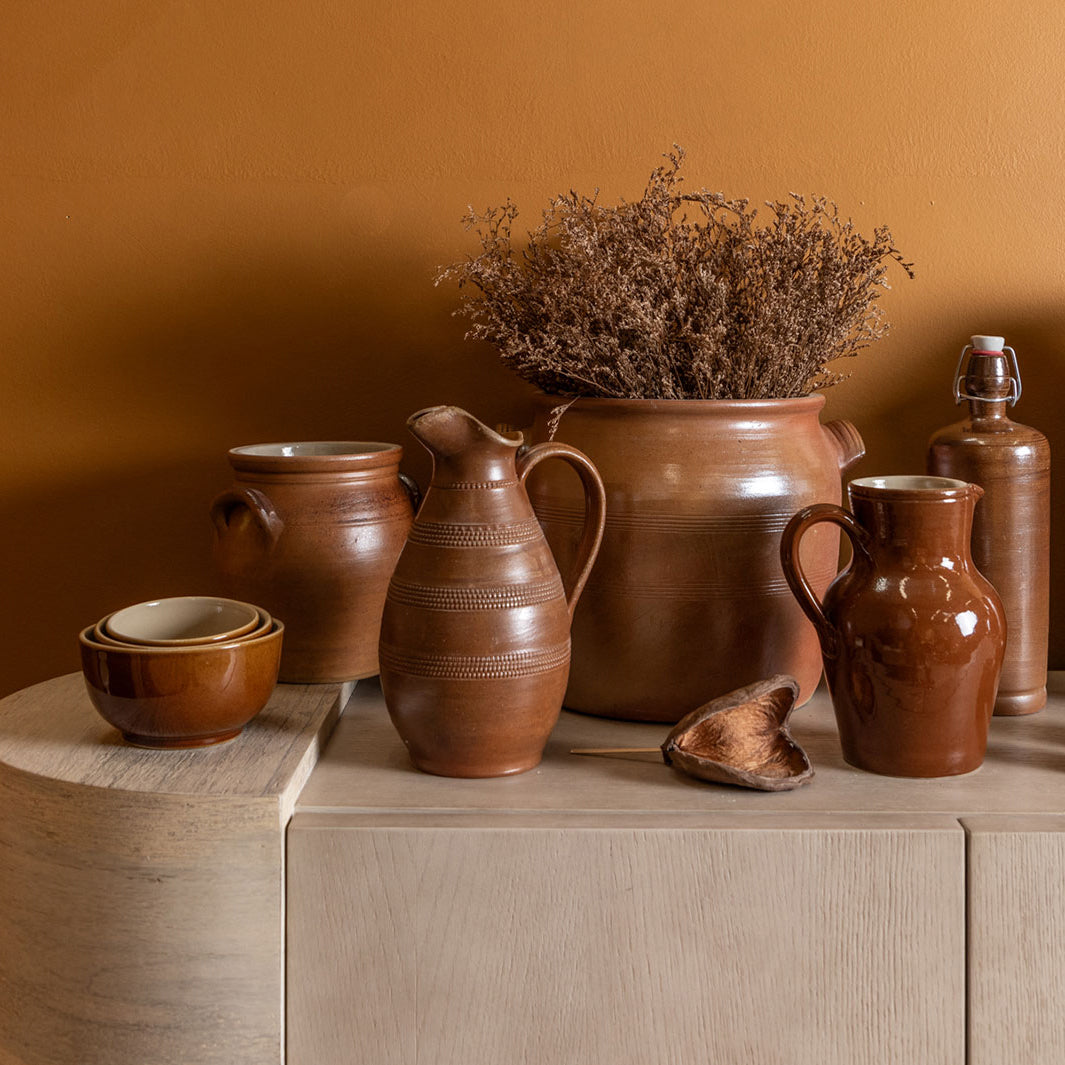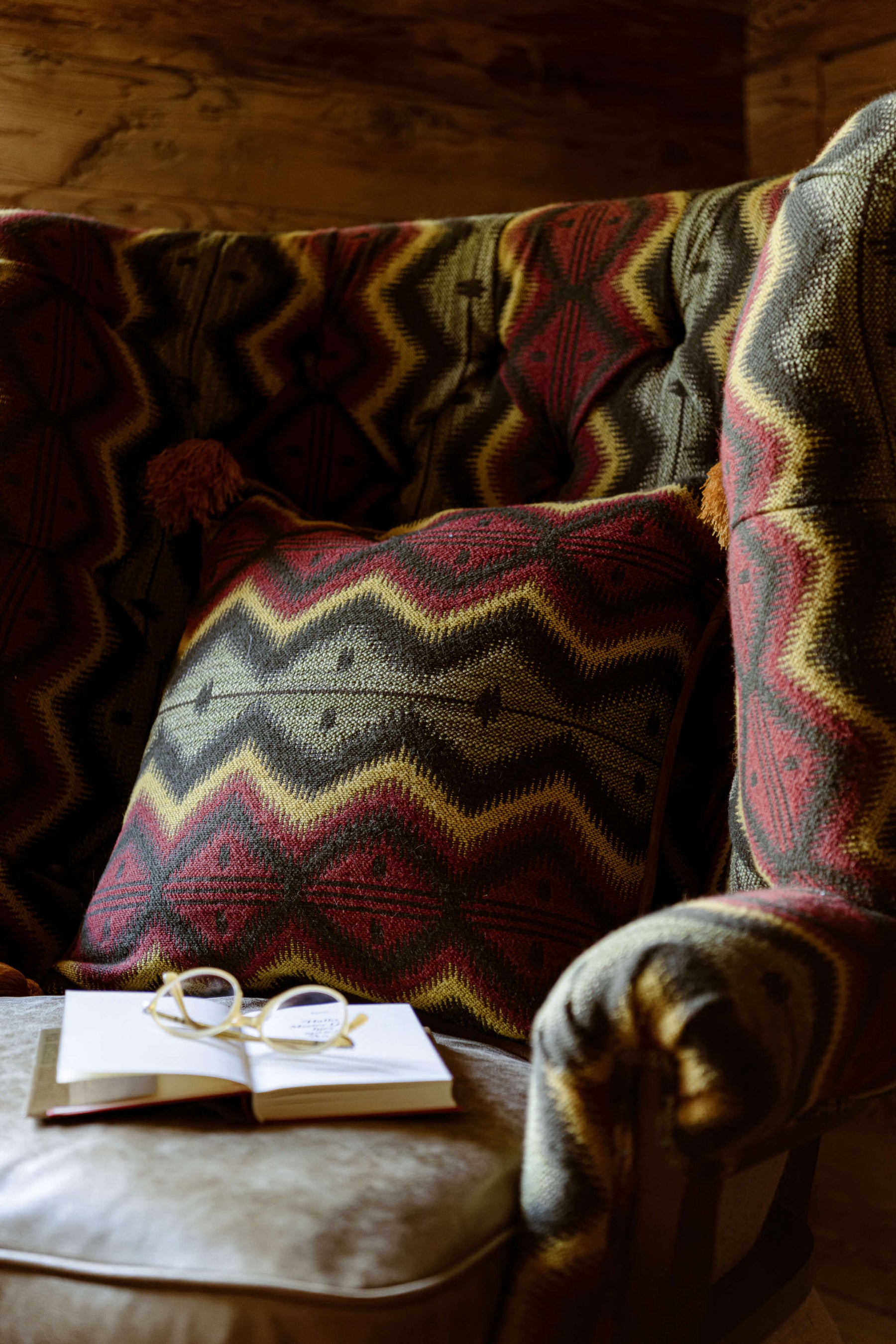Ceiling Fans: Modern Indoor & Outdoor Ceiling Fans



Ceiling Fans: Modern Indoor & Outdoor Ceiling Fans
With over seventy Ceiling Fans to choose from, Burke Decor’s collection of designer Ceiling Fans will bring out the interior designer in you. Whether your space requires air circulation and light or a fan alone, our selection can accommodate your decor needs. The Aspen 56 Ceiling Fan features a sleek and modern design with a blade pitch designed for optimal air flow and a precision balanced motor and blades for wobble-free operation. Sleek and Modern, the Maverick 52 II Ceiling Fan resembles a futuristic propeller with three softly rounded blades and delivers incredible airflow, making this perfect in any room of your home. Bring cool, country charm to warm interiors with the Prairie 62 LED Ceiling Fan’s stunning windmill-inspired blades. Bring a comforting glow and cooling air to any room with the Hicks 60 LED Ceiling Fan. Floral inspiration elevates the sculptural, contemporary aesthetic of the Lily 56 LED Ceiling Fan to a bright and whimsical level. With designs by top designers, Burke Decor’s curated collection of modern Ceiling Fans are crafted from the finest materials including metal, wood, and glass. Elevate your space with light fixtures that compliment your design style. Burke Decor’s expansive Ceiling Fans Collection can accommodate a myriad of design styles— including contemporary, mid-century modern, coastal, modern, transitional, and traditional design.
Burke Decor’s curated collection of Ceiling Fans includes a wide variety of styles, shapes, and designs for your home decor needs. Burke Decor has endless options to curate the home of your dreams. Browse Ceiling Fans below. All orders over $50 ship free to the 48 contiguous states.




















